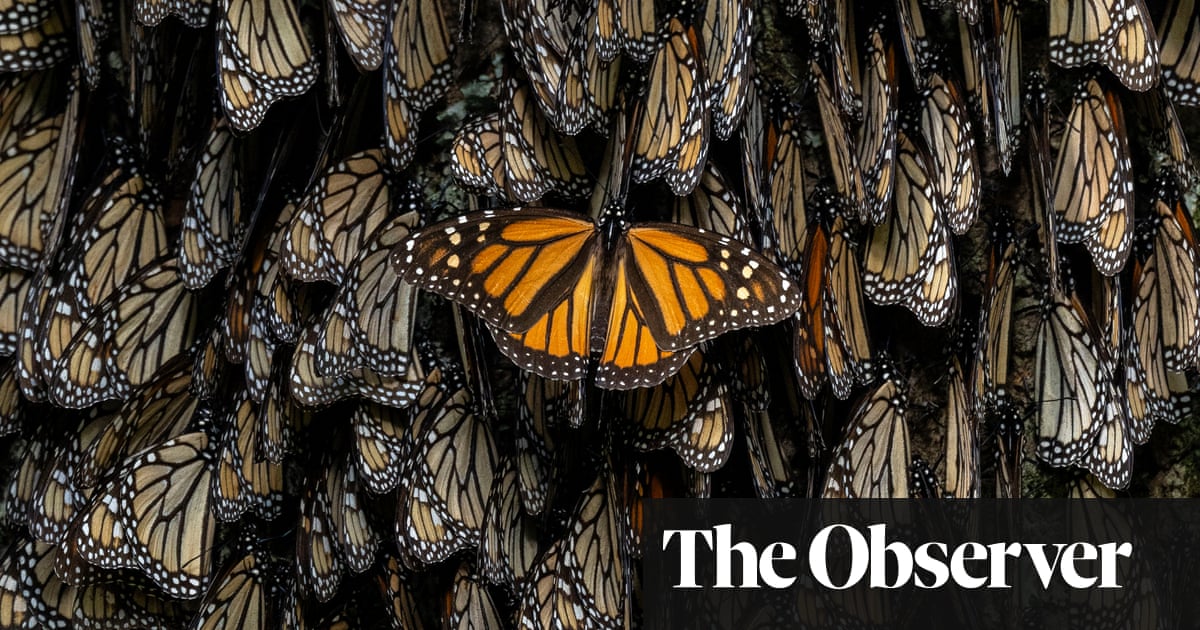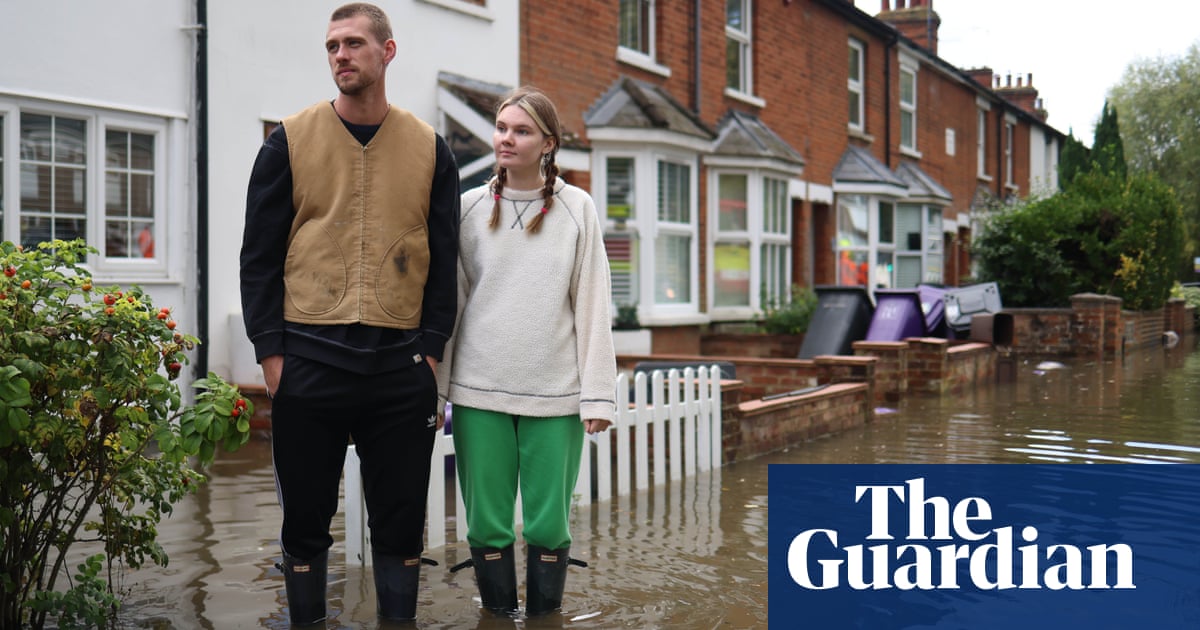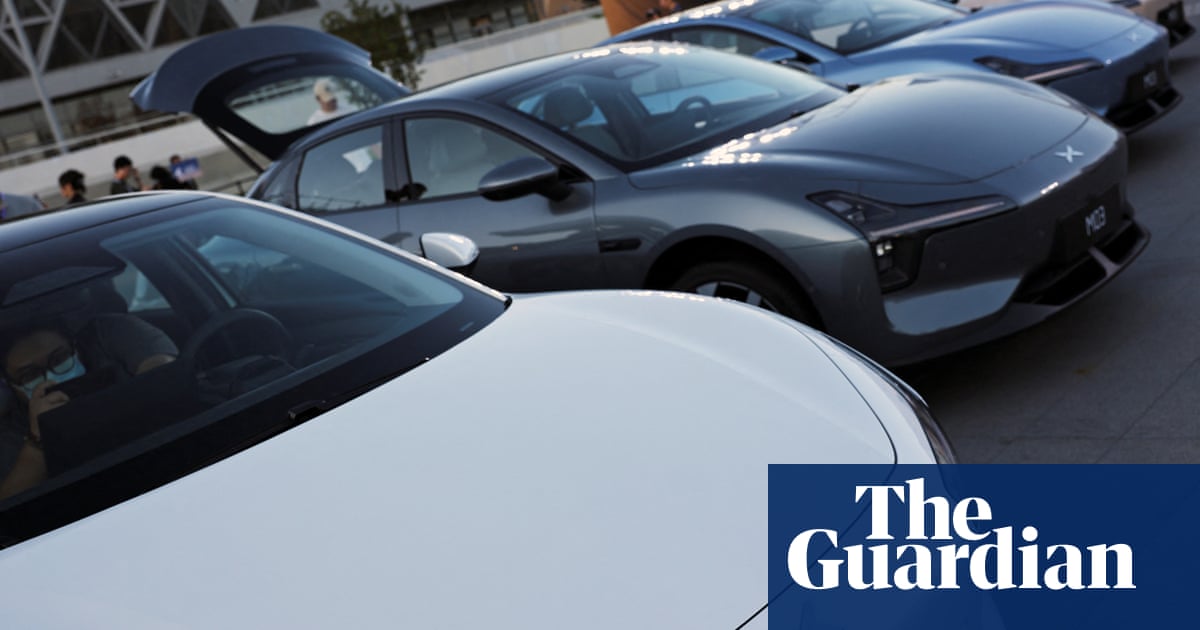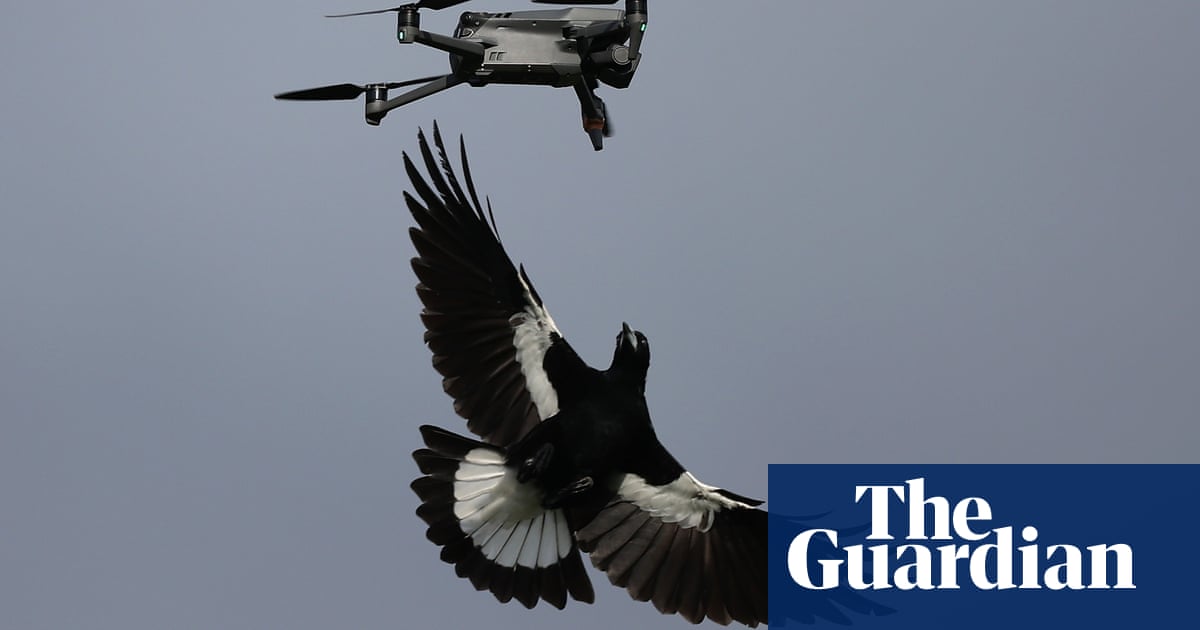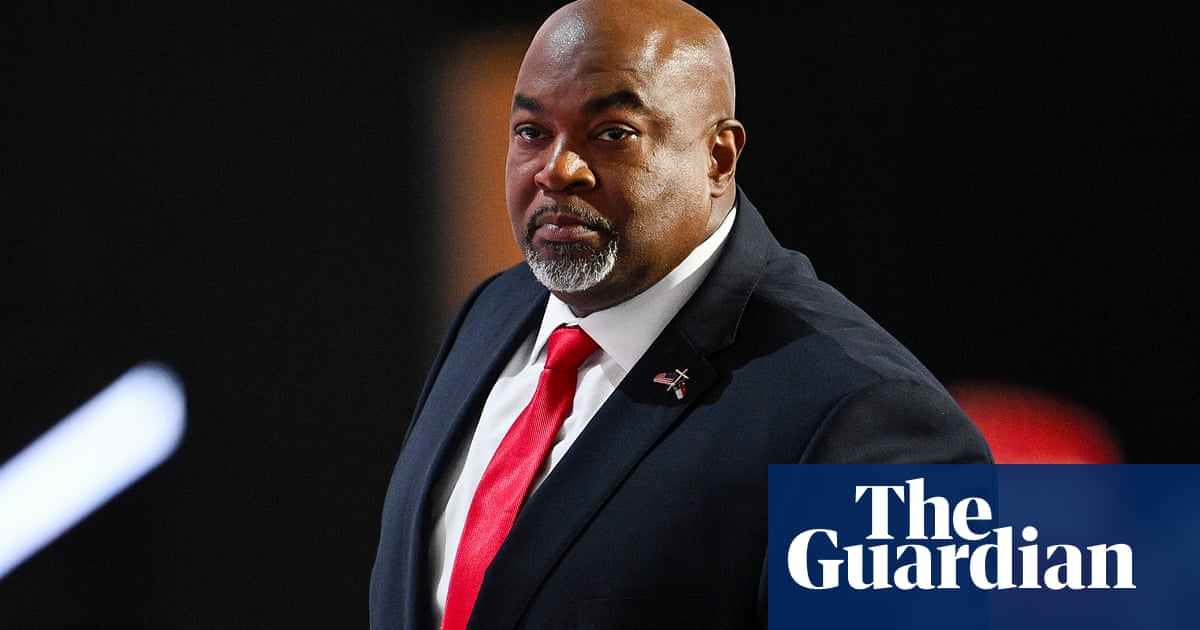Jaime Rojo has been following the fate of the monarch butterfly for more than 20 years. In the process the Spanish photographer has watched one of the planetâs most colourful, flamboyant insect species succumb to the combined onslaught of habitat destruction, climate change, pesticides, drought and wildfires. Its population has crashed in the process.
It is a dramatic, disturbing story that will be recognised next month when Rojo is given a highly commended award for his photojournalism at the Wildlife Photographer of the Year exhibition at the Natural History Museum in London.
The glories of the monarch â and human responses to them â are revealed in his startling images and could be critical in helping efforts by conservationists, scientists and local people who are now trying to overcome the threat facing these remarkable winged migrants.
âWhen I first visited the monarch sanctuary in Mexico, there were so many of them, the forest floor would be a carpet of dead monarchs up to half a metre thick and every tree was blanketed with them,â Rojo told the Observer. âIt was extraordinary.
âHowever, things have changed. Monarchs are now very thin on the ground and on branches and their numbers have declined dramatically. It has become very noticeable and worrying.â
Most estimates suggest there were once several hundred million monarch butterflies â possibly up to a billion â which used to sweep over the US and Mexico on their vast, Technicolor voyages. Today, conservationists believe the continentâs population of Danaus plexippus has dropped by 90% since the 1990s.
This crisis stems, in part, from the extraordinarily complex life cycle of the monarch, which makes it particularly vulnerable to habitat and climate changes. The butterfly â which has two sets of deep orange wings with black borders and a wingspan of seven to 10 centimetres â breeds for several generations in spring and summer in the north-east of America. Females use milkweed plants to lay the eggs from which caterpillars emerge, before they develop into chrysalises and then adult butterflies.
In autumn, a final generation of butterflies emerges from this process and flies in vast clouds on a 3,000-mile migration to Mexico and California, where the butterflies overwinter in the relative warmth of the south. âA new generation then starts heading back to the north the following spring,â explains Dr Blanca Huertas, principal curator of Lepidoptera at the Natural History Museum.
The vision of hundreds of millions of bright orange butterflies in flight is one of the most stunning spectacles in nature â one that Barbara Kingsolver describes vividly in her 2012 novel Flight Behaviour.
In it, she likens the mass migration of bright orange insects to a forest fire. âThe flames appeared to lift from individual treetops in showers of orange sparks, exploding the way a pine log does in a camp fire when it is poked. The sparks spiralled upward in swirls like funnel clouds. Twisters of brightness against grey sky.â
But that spectacle is now being devastated. Initially conservationists thought deforestation was the sole cause of the monarchâs decline. âWe tried to put that right, only to discover there were other reasons,â said Rojo.
after newsletter promotion
It was found that the common milkweed â the wildflower upon which monarch caterpillars depend for food â was being wiped out by powerful new pesticides. In addition, climate change was bringing intense heatwaves and droughts in autumn. As a result, monarchs had no flowering plants to feed on while they migrated.
âThey got very weak and could not store enough energy and so they never made it to Mexico,â said Rojo. âIn a sense it was a little bit of everything that combined to do them down.â
There is little that can be done to halt climate change in the foreseeable future, but some actions can be taken, conservationists argue. Planting milkweed where they can provide food for monarch caterpillars and limiting pesticide use is now being promoted by US and Mexican environment groups.
âEducation programmes for schools are raising awareness about the monarch and that is also crucial,â said Huertas.
Many of these projects are recorded in Rojoâs award-winning portfolio, which will be displayed at the museum from 11 October. These include images of drones monitoring milkweed prevalence in the US; the tagging of monarch butterflies as part of research aimed at understanding how they navigate on their 3,000-mile odysseys; and classroom conservation lessons for children whose families live on the butterfliesâ flight route.
âI still believe this is a story of hope,â insists Rojo. âWe can actually save the monarchs. This is one of the rare cases in conservation in which the citizens have something to do and that will make all the difference.â
